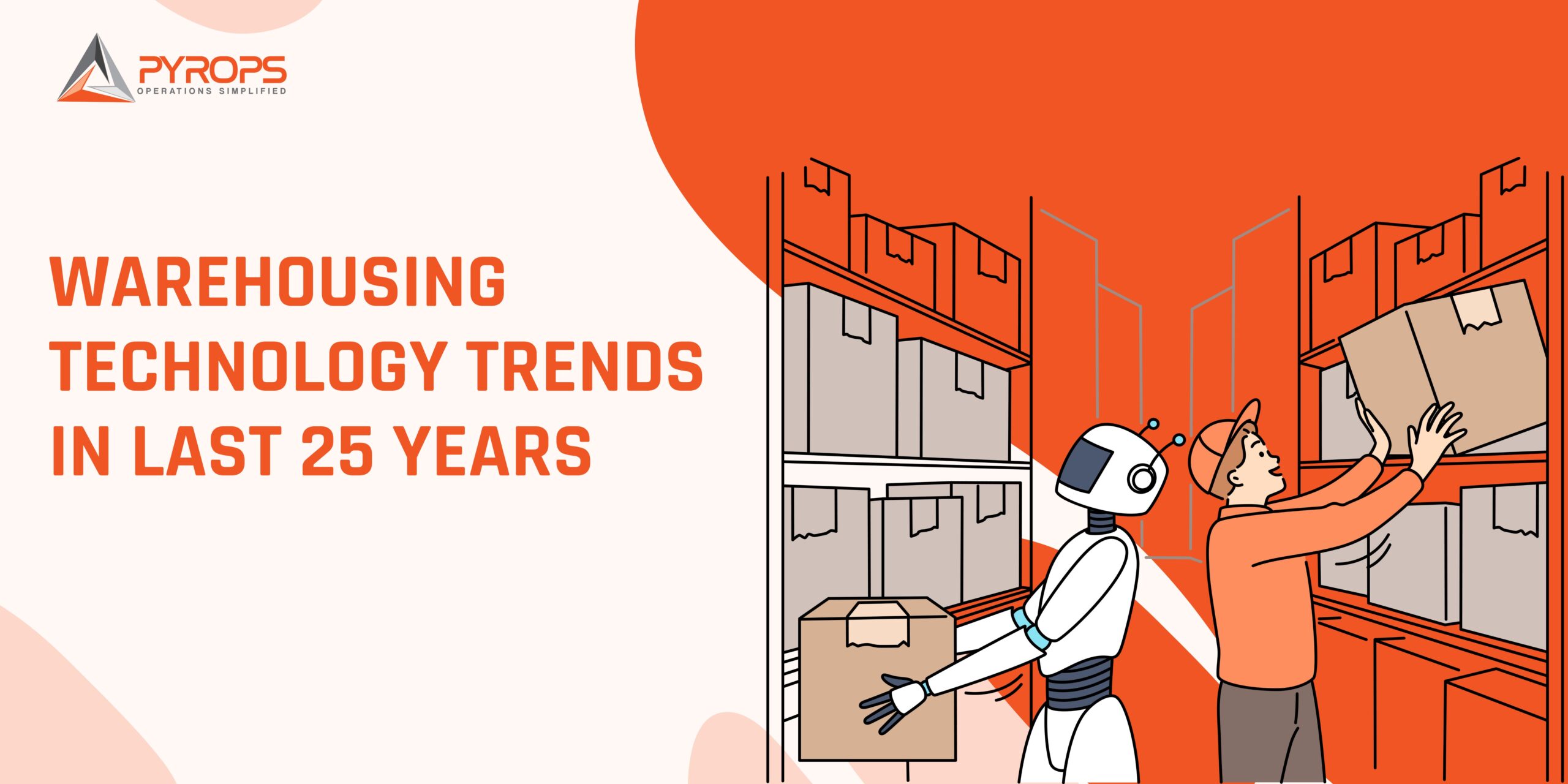Over the last two decades, the warehouse industry has experienced significant technological advancements, transforming the way logistics and supply chain operations are managed. Here are some of the top technological trends and progressions observed in the warehouse industry over the past 25 years:
Warehouse Management Systems (WMS):
2000s: The widespread adoption of WMS marked the beginning of improved inventory control, order processing, and overall warehouse efficiency.
RFID Technology:
Early 2000s: RFID technology gained traction, enabling more accurate and automated tracking of inventory, and reducing manual efforts in data collection.
Voice Picking Systems:
Mid-2000s: Voice-directed picking systems were introduced, enhancing order fulfillment accuracy and speeding up the picking process by providing hands-free guidance to warehouse workers.
Automated Guided Vehicles (AGVs):
Mid-2000s: AGVs started to be implemented for material handling and movement within warehouses, reducing the need for manual labor in certain repetitive tasks.
E-commerce Integration:
2010s: The rise of e-commerce led to the integration of warehouse systems with online platforms, necessitating more sophisticated order fulfillment processes and real-time inventory updates.
Advanced Robotics:
2010s: The adoption of robotics, including autonomous mobile robots (AMRs), improved efficiency in material handling, picking, and packing processes, especially in large-scale warehouses.
Data Analytics and Big Data:
2010s: The use of data analytics and big data became more prevalent, providing warehouses with valuable insights for optimizing operations, demand forecasting, and strategic decision-making.
Internet of Things (IoT):
2010s: IoT technologies were integrated into warehouses, allowing real-time monitoring of equipment, assets, and environmental conditions for improved visibility and control.
Augmented Reality (AR) and Virtual Reality (VR):
2010s: AR and VR applications were introduced for training, order-picking guidance, and enhancing overall warehouse worker productivity.
Cloud based Warehouse Management Solutions – WMS SaaS:
2010s: Cloud-based solutions gained popularity, offering scalability, flexibility, and accessibility for warehouse management systems and data storage.
Drones for Inventory Management:
2010s: Drones were explored for inventory management purposes, conducting aerial scans for stocktaking and providing quick insights into warehouse layouts.
Blockchain for Supply Chain Transparency:
2010s: Blockchain technology started to be considered for enhancing supply chain transparency, and traceability, and reducing fraud in warehouse operations.
Machine Learning and Artificial Intelligence (AI):
2010s: Blockchain technology started to be considered for enhancing supply chain transparency, and traceability, and reducing fraud in warehouse operations.
Edge Computing:
2010s: Edge computing solutions emerged, allowing data processing closer to the source, leading to reduced latency and enhanced real-time decision-making in warehouses.
Smart Warehousing with Industry 4.0 Concepts:
2010s: Warehouses began embracing Industry 4.0 concepts, incorporating smart technologies for interconnected and automated systems, leading to enhanced efficiency and responsiveness.
Sustainable Warehouse Practices:
2020s: Implementation of sustainable and eco-friendly warehouse practices, including energy-efficient technologies and green logistics solutions.
GPT and LLMs
2020s: Using GPT and LLMs to solve warehousing use cases using Artificial Intelligence.
Summary
While these trends are indicative of the technological capabilities that exist, the adoption of most of these trends is abysmally low. Only few companies, largely ecommerce companies push the boundaries of innovation by leveraging technology. It is good to be aware of the possibilities that exist, however, it is important to evaluate the current state of operations and chalk out of progressive roadmap for incremental adoption and deployment.
Read more: How is dark store fulfillment different from regular E-commerce fulfillment







